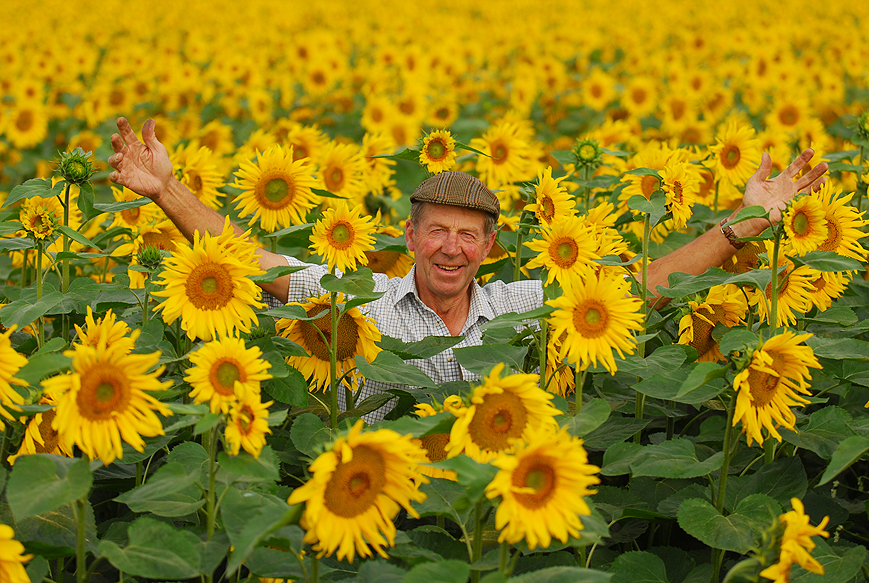
Six Decades of Farming for Nature
Juliet is responsible for leading the work of the Trust, under the governance and strategy of the Board.
Relates to projects
How have the birds you’ve encountered changed over the years?
In my childhood, I can remember my mother getting fed up with the Cuckoo calling! Cuckoos are still around, but in my lifetime they’ve gone from a surplus to a scarcity. Starlings, too - when I was at school at Uppingham, they would be streaming over the town each morning from Bloody Oaks spinney where there was a roost of over a million birds. I also had a big roost in Deeping Fen on Park Farm, and there were so many that they were killing the trees with their droppings. Both those roosts have gone now and any other roosts around are about 100 times smaller.
Since I started farming at Vine House Farm in 1964 I’ve seen declines in all sorts of other birds. In Deeping Fen, during the winter, there would be 500 or 600 Mallard feeding on the small and diseased potatoes left by the potato pickers. Today I rarely see 50 Mallard in those potato fields. Shelducks at Holbeach Marsh on The Wash are scarcer now as well. Wetland Bird Survey counts showed they peaked at 4,200 in March 1987 but now I can only count around 60.
Most people just don’t realise how much our wildlife has declined...Each generation defines the normal by what it experiences, resulting in Shifting Baseline Syndrome.
Sadly, I’ve seen declines on my farms, too. Around 1980, I was catching Greenfinches in mist nets (as part of the BTO Ringing Scheme) at my Casewick farm as they fed on the mustard going to seed. There must have been about 1,000 in the flock, but Greenfinches haven’t been around in numbers like that for years.
Most people just don’t realise how much our wildlife has declined. There’s even a phenomenon for it, called Shifting Baseline Syndrome. Each generation defines the normal by what it experiences, and when people only have their own lives as a reference it’s hard for them to see the longer-term changes.
We know from BTO research that there are a lot of factors driving changes like these, but what do you see as the most important causes?
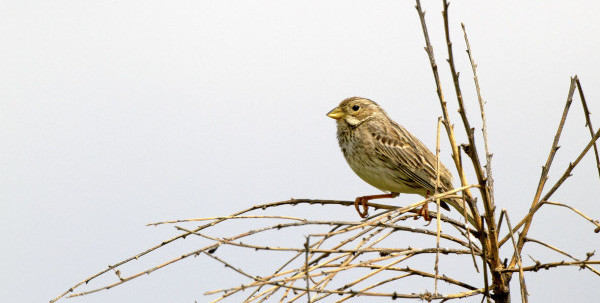
Grey Partridges, Corn Buntings and Tree Sparrows have decreased nationwide by around 90% and I think the decline in insects is the biggest contributor to this. Only 25 years ago we had a flock of 300 Corn Buntings that I attracted into my farmyard at Baston Fen. We fed them ad lib right through the winter for about 15 years and during that time that flock fell to around 100 birds. With less insect food around, I don’t think the birds can rear enough chicks in the summer to keep the population stable.
I think Swallows and martins are declining because there are fewer insects, too. There used to be flies and other insects flying above our crops, and these were a good food source for the Swallows which nested in the pillboxes on Holbeach Marsh. There were over 20 nests just behind the sea wall on Holbeach Marsh in the late 1970s, but by 1990 there were only about four.
In Eastern England, 80% of our countryside is sprayed with chemicals several times a year, with pesticides killing insects and herbicides killing wild plants which compete with crops. The chemicals do not kill birds directly but starve them indirectly by killing their food. Our harvesting processes are far more efficient than they used to be, so there is less food for birds left on our fields. We’re using flail mowers more and more, and they can destroy everything in their path, from nests and chicks to the standing vegetation that birds feed on in winter. We continue to lay concrete and tarmac on once natural habitats and displaced wildlife silently disappears and perishes with nowhere to live.
What measures have you yourself taken to help bird numbers on your farm and how effective have they been?
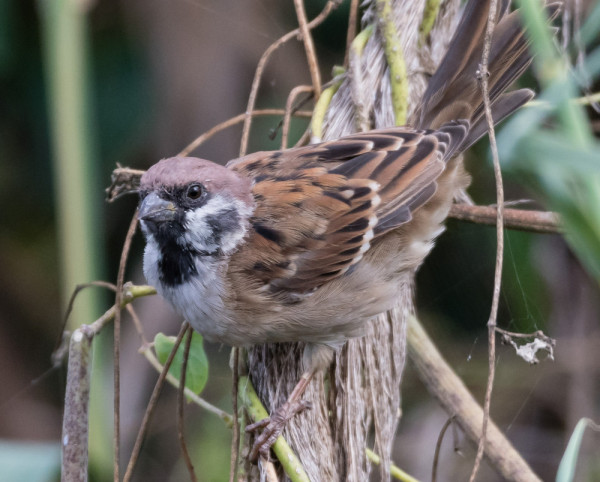
I started feeding birds in my garden sometime in the 1970s. I chose oilseed rape because it attracts a lot of different species – Greenfinches, Goldfinches, Linnets, Bramblings, Stock Doves and Turtle Doves. In the late 1980s, I had up to 140 Goldfinches and up to 170 Greenfinches feeding.
During the 1970s there were flocks of 3,000 Tree Sparrows in the winter on Whittlesey Wash feeding on Fat Hen (Spear-leaved Orache) seeds, but their population crashed until we hardly saw any birds around. In 2007, I noticed two pairs on my farm, so I put up some nest boxes, fed them red millet and created some insect-rich habitat for them. By 2017, I had 150 pairs breeding on my farm, with a few having four broods! Sadly, because agriculture has caused insects to decline so much across most of Deeping Fen, outside my farm the Tree Sparrows are still struggling.
On the farm, I have dug more than six acres of pond habitat, planted double hedges and kept 25 km of wildflower margins around my fields. The results have been amazing: Whitethroat numbers have quadrupled in the last 25 years, Barn Owls much the same, and Lapwing have gone from four pairs to 40 because of the habitat I created for them.
I have also persuaded local drainage boards to stop cutting both sides of their main drains each year. There is now a pair of Reed Warblers nesting every 40 yards down the uncut side of the drain! It seems like a small change, but if we made these changes everywhere the benefits to wildlife would be huge.
What’s your plea to other farmers and BTO members? Is there a single change in policy you’d like to see?
We should be looking to the future and thinking about the world we leave behind for our children...We must all shout louder for wildlife.
Nearly all farmers are interested in wildlife, but the sad reality is that the lack of monetary benefit means that the more short-term, financially sound option often wins out over longer-term benefits for nature. Politicians are the only ones who can change this; it is so sad that they don’t see the real value of nature. We are only here for a short time and we should be looking to the future and thinking about the world we leave behind for our children.
Those of us who really care about wildlife are in the minority, but we must keep telling people how wonderful nature is. Just think of the Cuckoo’s life, the Red-necked Phalarope’s life, the Wheatear’s life. All are truly amazing and so much of our understanding of these birds comes from the work of BTO. The members of BTO, along with the staff, are what makes the organisation. We must all shout louder for wildlife.
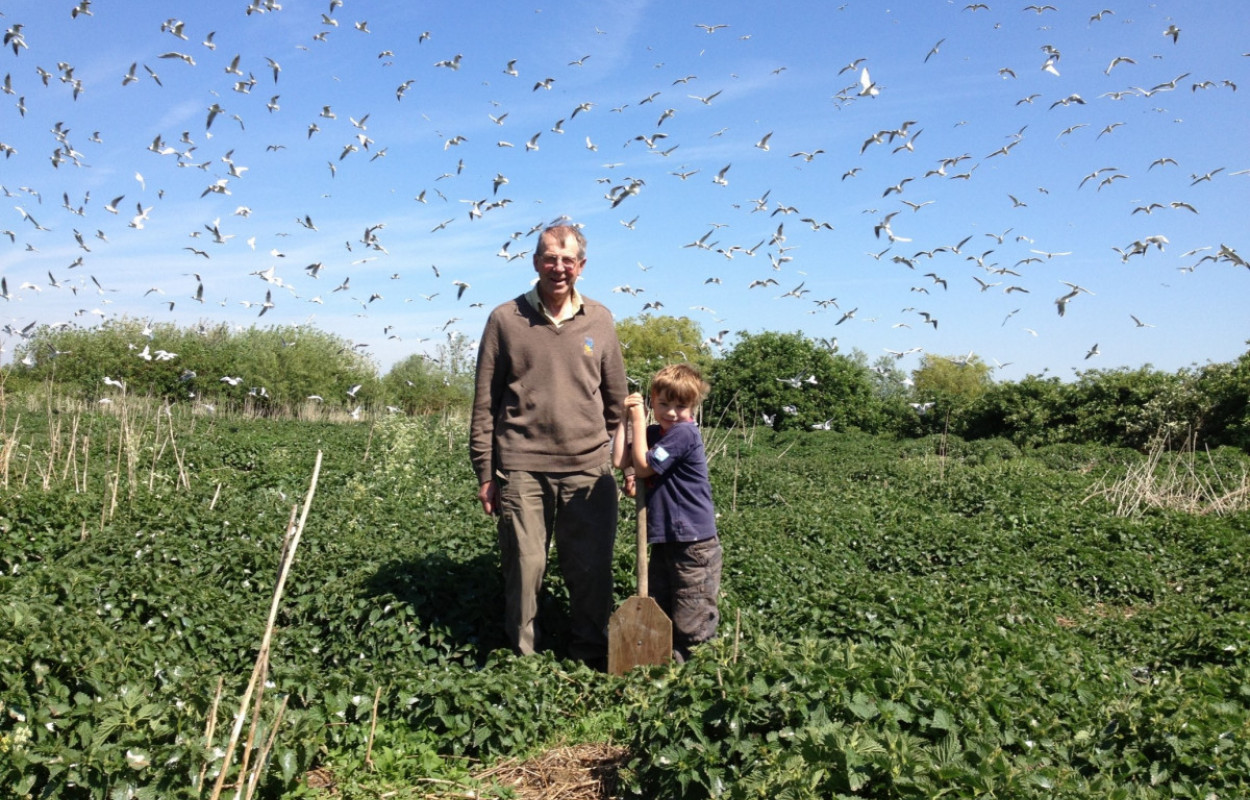

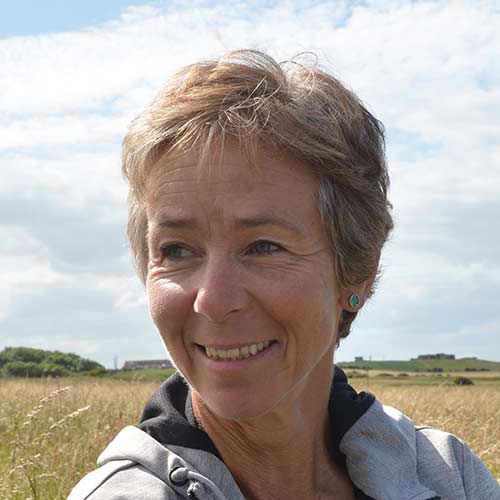

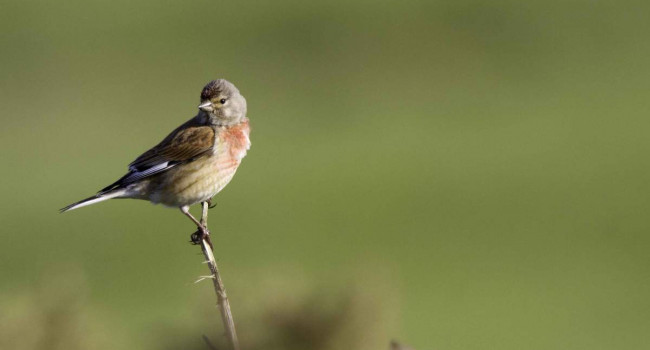
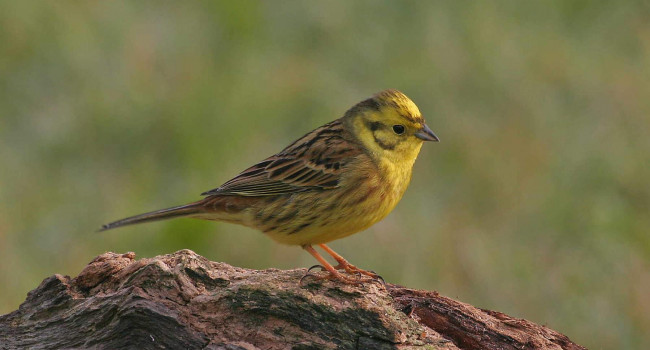
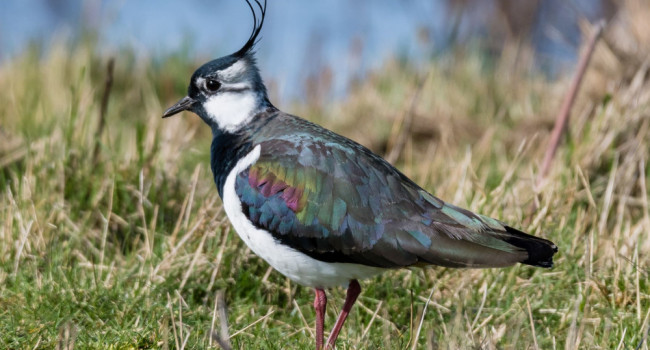

Share this page